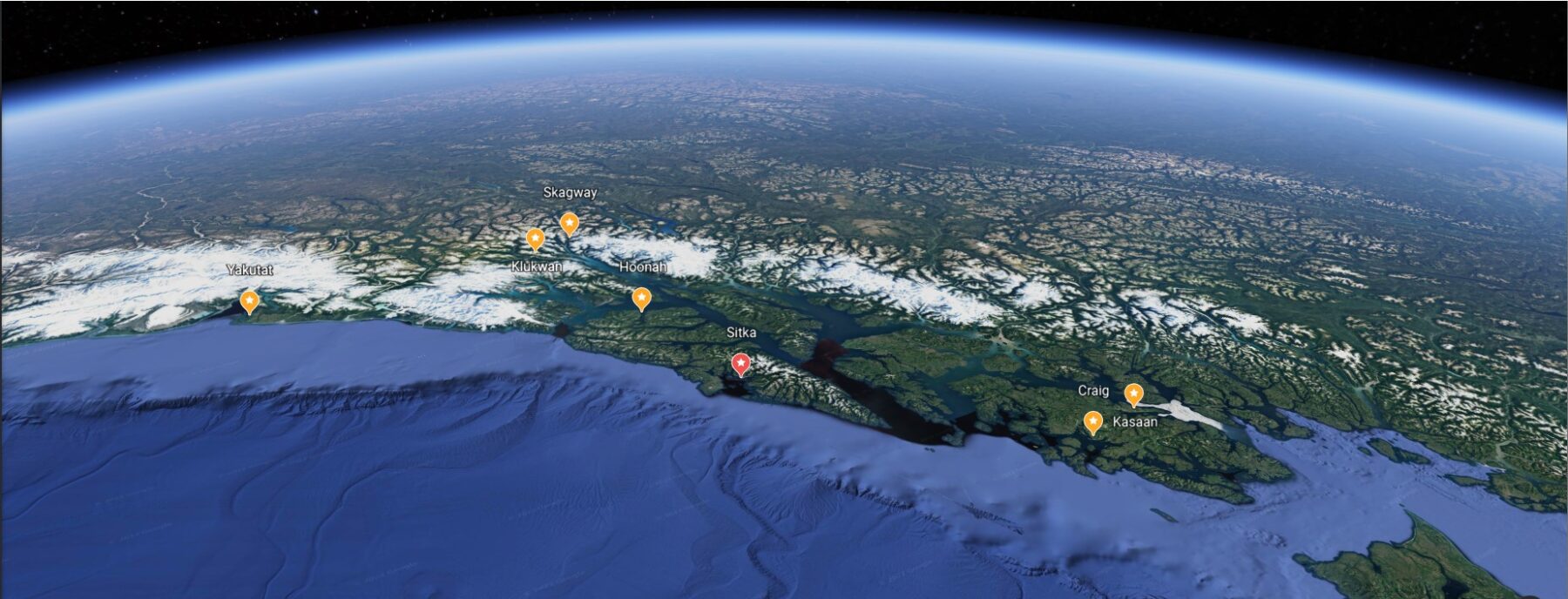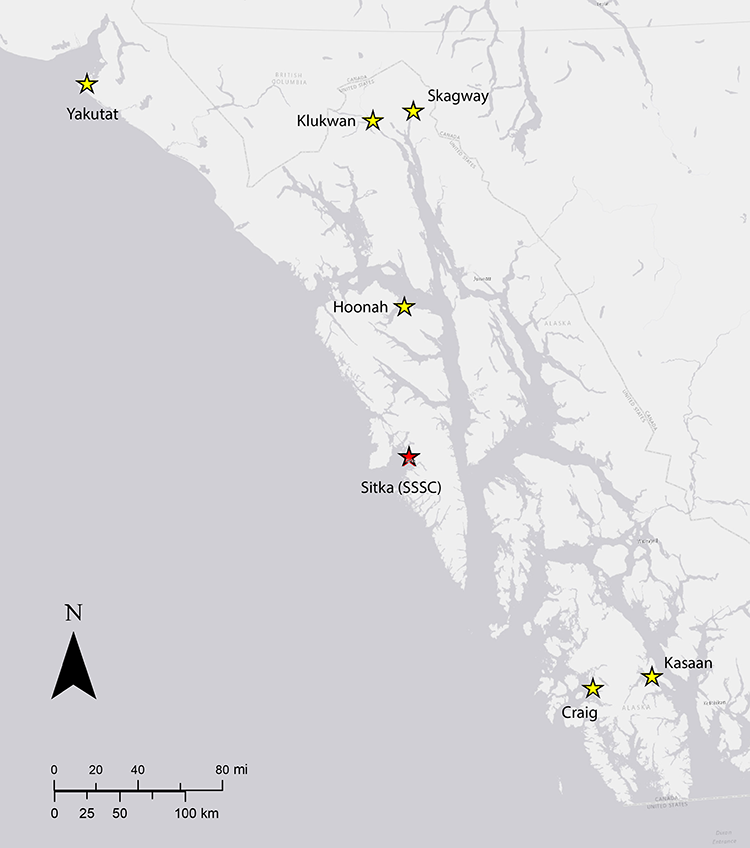
The impact of extreme rainfall will be felt region-wide. Over the course of the Sitka landslide research, there has been interest from other communities in the region of Southeast Alaska who also wanted to investigate geologic hazards in their communities. In considering unresolved questions about climate and atmospheric rivers, and in responding to the outreach from neighboring communities, the Kutí project (Kutí being the Tlingit word for weather) was designed to develop natural hazard monitoring and warning systems in collaboration with Tribal entities in six additional communities across Southeast Alaska.
The National Science Foundation grant from the Coastlines and People program, will develop a co-produced regional system for warning residents of events that might lead to flooding, avalanches, and landslides. The new five-year, $5 million project is based on distributed sensors and predictive models of the impacts of extreme weather events in Southeast Alaska. It will study the impacts of atmospheric rivers on this region’s coastlines. Already one of the regions that experiences the most rainfall on the planet, the thirty rural communities of Southeast Alaska, spanning 18,000 miles of coastline, are experiencing extreme weather events with more frequency, as a result of climate change. These weather events put the safety of people and the stability of infrastructure at risk.

Partners and Collaborators
The team for this project which is called KUTÍ (the Tlingit word for weather) includes the communities and Tribal representatives from Sitka, Yakutat, Klukwan, Craig, Skagway, Hoonah, and Kasaan; Central Council Tlingit Haida Indian Tribes of Alaska (Tlingit & Haida), RAND Corporation, University of Oregon, Oregon State University, Scripps Institution of Oceanography, as well as Sitka Tribe of Alaska (STA), USDA Forest Service, National Weather Service (NWS), Alaska Division of Geology and Geophysical Services (DGGS) and U.S Geologic Survey (USGS).